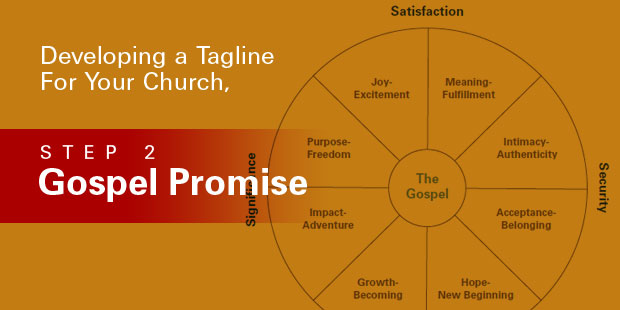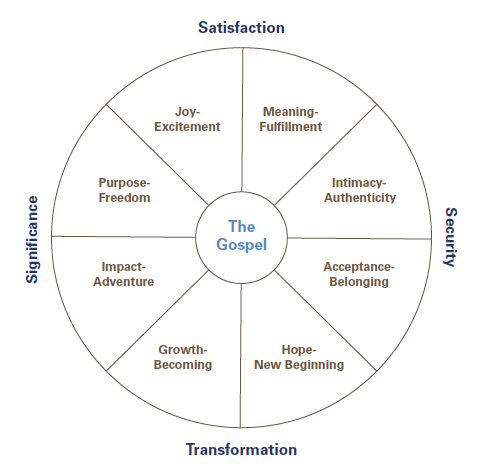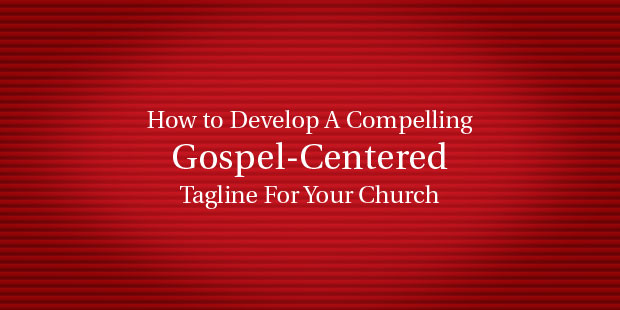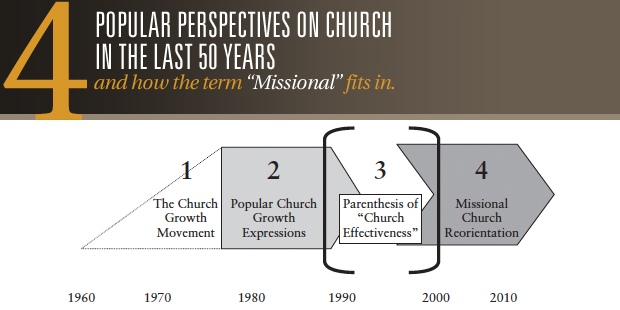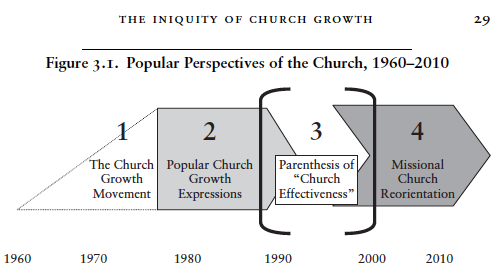
Developing a Tagline for Your Church, Step 4: Collaborative Awareness
When developing a tagline for your ministry it’s important to consider the taglines of two other kinds of organizations in your ministry environment. Think of this next piece as a step toward ministry environment awareness. There are two kinds of organizational taglines to consider.
- Collaborative environment: Other ministries similar or proximate to yours.
- Competitive environment: Non-ministry alternatives that compete for attention and time of potential members.
For a local church, the collaborative environment (we are being kingdom-minded by not calling this “competitive”) includes other churches in you area that are trying to position themselves and build awareness. Many churches find two to three others in this category. For a competitive environment, think of any place that people may go other than attending church. Do you live near a waterfront community? What is the competition saying? Do you have lots of kids sports around? What promise are they trying to make?
Why is this scan important?
Before you begin reducing your brainstormed list, you want to know what’s happening around you so you can differentiate your “voice” and messaging. If you use a tagline similar to another ministry it may create confusion. For example a church once advertised itself as “the church that rocks.” Right down the street was a big sign for the “Church on the Rock.” Inadvertently, they were building awareness for the church down the street. (And as you might guess the promise didn’t fit.)
Keep your list from your collaborative awareness is a place for the team to see or reference for the next step:
GO TO Step FIVE: Reduce your list to the top five taglines
Return to Church Tagline Post Overview

Tags: Awareness, Collaborative Awareness, Tagline, Will Mancini

















